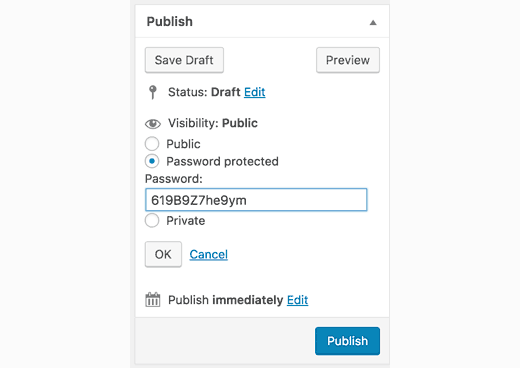How to Hide a WordPress Page From Google
Recently, one of our readers asked if it was possible to hide a WordPress page from Google? Sometimes you may need to hide a page from Google to protect your privacy or to keep away unwanted users. In this article, we will show you how to hide a WordPress page from Google without affecting your site’s overall SEO.

Hiding a WordPress Post or Page From Google
Search engines like Google allow website owners to exclude content from search results. You can do this by using your site’s robots.txt file or using HTML meta tags.
We will show you how to do this in WordPress using two methods. You can choose the one that works best for you.
We will also show you how to password protect posts and pages in WordPress. If you don’t want to use the first two methods, then this approach will allow you to control the visibility of your posts and pages for all users.
Video Tutorial




